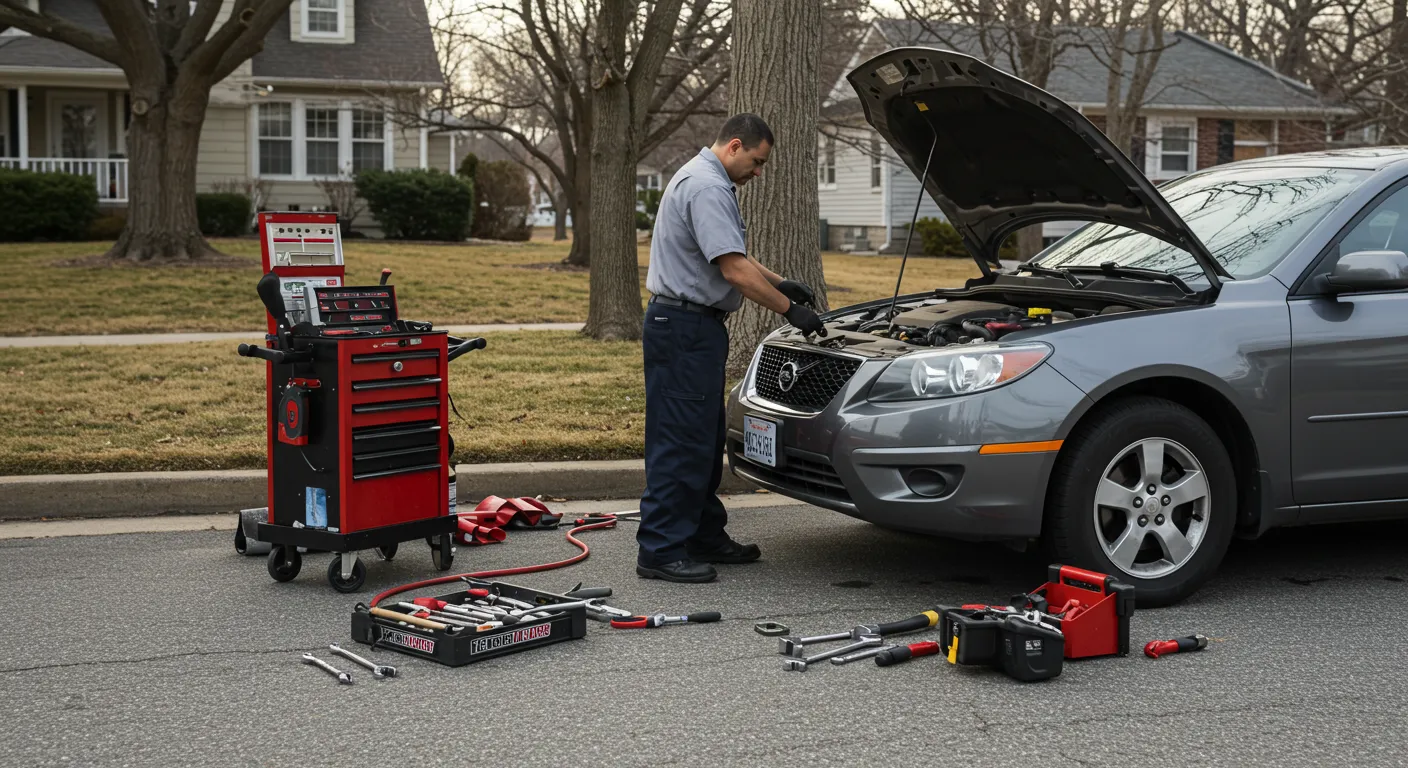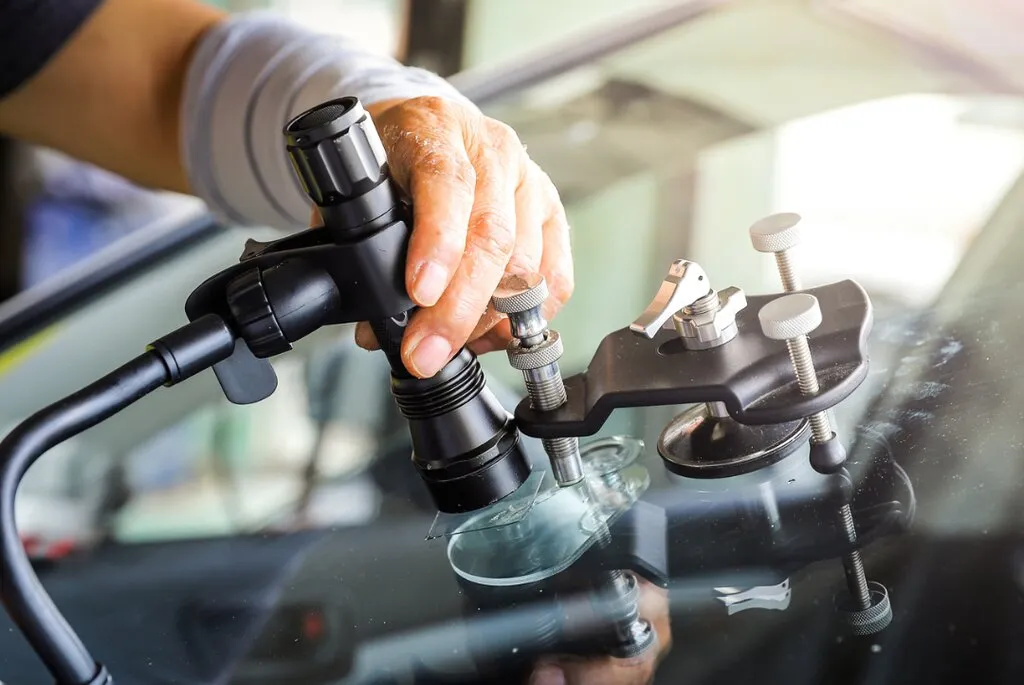

As modern vehicles become more technologically advanced, your car’s safety systems—such as lane departure warnings and adaptive cruise control—depend heavily on correctly aligned sensors. When a windshield is replaced or extensively repaired, these sensors need proper calibration to ensure they continue functioning accurately. Below, we’ll break down the step-by-step process of windshield calibration, highlight the significance of auto glass calibration and testing services, and explore how mobile windshield calibration options can make the process more convenient than ever.
From cameras and radar units to lidar sensors, modern vehicles rely on precise positioning to interpret road conditions and detect surrounding objects. Auto Glass Sensor Calibration realigns these components to factory specifications, guaranteeing reliable safety alerts and effective driver-assistance features.
Even slight deviations in sensor angles can lead to false alarms or overlooked hazards. By scheduling auto glass calibration and testing services after any windshield replacement or major repair, you minimize the risk of malfunctioning safety systems.
Before the actual calibration, a technician often performs a pre-scan of your vehicle’s electronic control units (ECUs). This identifies any existing error codes or sensor irregularities, ensuring the calibration is based on a clear starting point.
For accurate results, calibration usually requires a specific setting. Factors like lighting, space, and distance targets can influence the sensor alignment process. Technicians may use specialized fixtures or harnesses to create the ideal environment for calibration.
Static calibration is performed in a controlled environment, often inside a dedicated workshop. Technicians use specialized targets, boards, and equipment to realign sensors. This approach is especially effective for vehicles requiring precise alignment without the need for road tests.
Dynamic calibration involves driving the vehicle at specified speeds and conditions. Onboard systems realign themselves based on input from road markings, signs, and other visual cues. Some automakers require a combination of both static and dynamic methods for optimal accuracy.
Technicians verify that advanced driver-assistance features—like lane-keep assist and automatic emergency braking—are responding correctly. Minor deviations are adjusted promptly to maintain compliance with manufacturer guidelines.
Reputable auto glass calibration and testing services will document every step of the procedure, providing you with a final report. This gives you peace of mind and a reliable record of the completed calibration.
Properly calibrated sensors are vital for modern vehicles to operate their safety features accurately and reliably. Whether you need a one-time sensor check or a comprehensive alignment after a windshield replacement, investing in auto glass calibration and testing services helps protect you, your passengers, and other drivers on the road. By understanding each step in the process and exploring mobile windshield calibration options, you can ensure your vehicle remains safe, efficient, and ready for any journey. Don’t let a misaligned sensor compromise your peace of mind—take the time to calibrate and drive with confidence.
Welcome to Oak Lawn Auto Glass, the leading name in windshield repair and replacement services in Oak Lawn, IL. Our commitment to excellence has set a new standard in the auto glass industry, ensuring that every vehicle we service is handled with utmost care and professionalism.
Copyright © 2024 Oak Lawn Auto Glass All Rights Reserved.